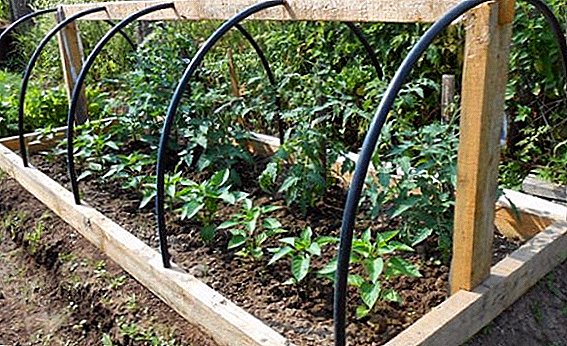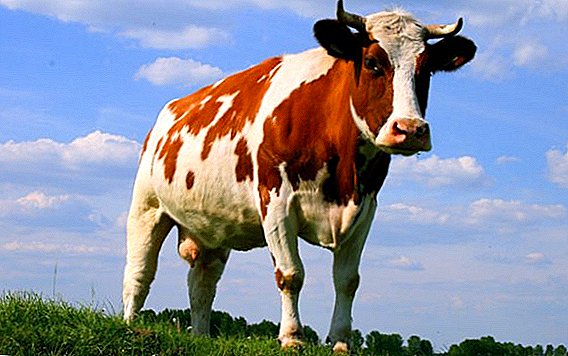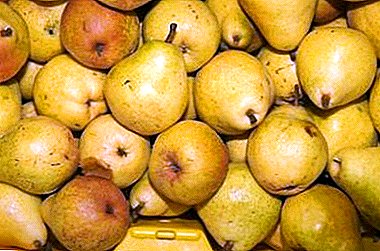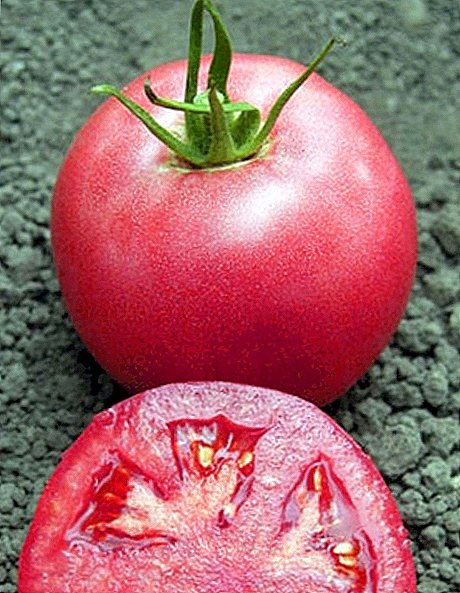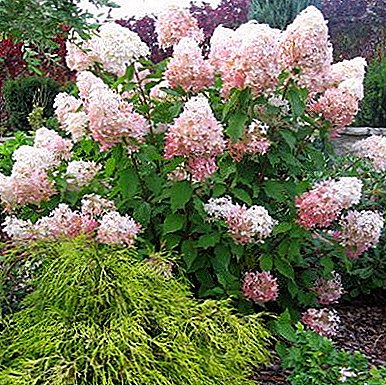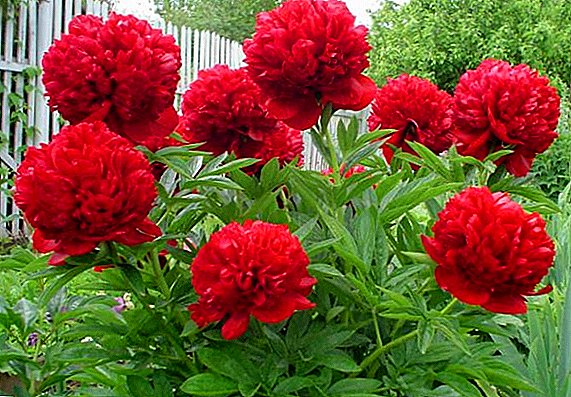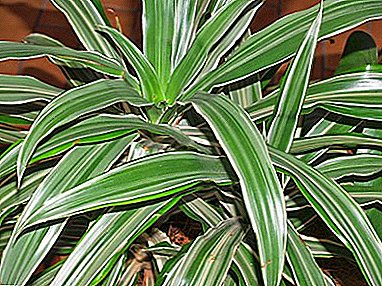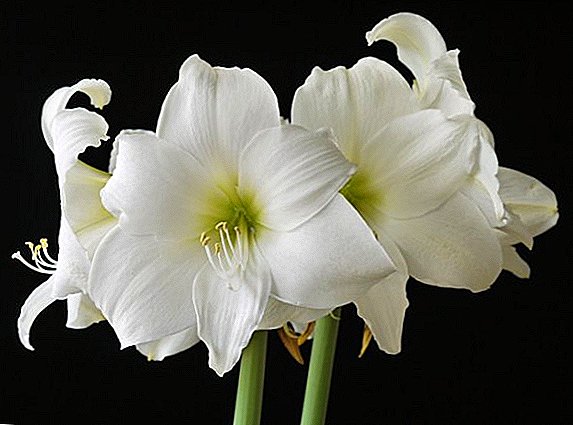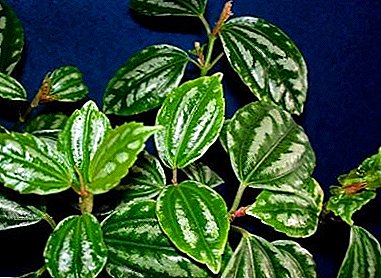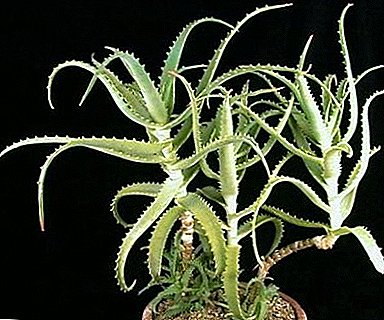
Aloe vera - Aloe plant species, an evergreen perennial shrub. Another popular name is Agave. It is also called the century-old tree, rannnik and doctor.
In the wild, it grows in the desert and semi-desert areas of South Africa.
Description

Aloe tree is a succulent branching tree 2–4 meters high. In pots it grows up to 1 meter.
Root system cylindrical shape, represented by a long branching root.
Trunk upright with a diameter of up to 30 centimeters. From its base, there are multiple side shoots, subsequently used in reproduction. From below the trunk is covered with annular cicatricial marks from leaves.
Aloe vera leaves green with a bluish or bluish tint, smooth to the touch. The bluish tint is caused by wax on the leaves, which reduces the evaporation of moisture. Moisture is distributed over numerous cells inside the leaf plate, which allows the plant to remain viable for a long time in hot desert conditions.
The shape of the leaves is lanceolate with sharp-toothed margins, convex at the bottom and slightly concave at the top, 3-6 centimeters wide and from 20 to 60 centimeters in length. At the top of the leaves are collected in large sockets up to 40 centimeters in radius.
Flowers large size, reaching a length of 4 centimeters, bell-shaped in shape. Flowers are arranged in large inflorescences of the carpidae, located on elongated arrows - peduncles.
Fruit - boxes with a cylinder shape. Inside contain many dark seeds.
Differences from Aloe Vera
Aloe tree has a trunk and leaves. Aloe vera in structure is a rosette of leaves that differ in shape. Leaves hard, covered with spikes to protect against moisture loss. It helps the plant to survive in the desert.
In order to medicinal use in aloe vera leaves are cut. Agave is used entirely. With their not to be confused.

Composition
Composition agave is a storehouse of nutrients: enzymes and vitamins, phytoncides and essential oils.
Application
Aloe preparations are endowed with anti-inflammatory and choleretic action; have a positive effect on appetite and digestion.
In official medicine used aloes - crystals obtained from evaporated agave juice.
In folk medicine, benefits bring the juice of such an aloe that age should be older than three years.
Home care
In the care of agave unpretentious, but there are features. This plant is drought tolerant, but suffers from a lack of fresh portions of air.
In the summer, it is desirable to take it to the balcony or plant it in open ground - so the plant will grow powerful.
 Transplant after purchase
Transplant after purchase
Determine the need for transplants can be in appearance. If the roots do not have enough space in the pot, then you need to transplant into larger dishes.
Watering
Watering is done moderate, as the drying of the soil. Water should be at room temperature and pre-settled for at least 10 hours.
Air humidity
Under natural conditions, this shrub lives well with arid desert air, so it does not react to the level of humidity around it. No spraying needed.
Temperature conditions
Comfortable summer temperature for agave - 20-25 degrees Celsius, and in winter - 13-15 degrees. In winter, it is important to monitor the temperature, as this flower is thermophilic and dies at temperatures below zero.
Growth per year
For the year, aloe tree grows 5-7 sheets, and grows to a height of 50 centimeters. Growth is closely dependent on the conditions of detention. In a favorable environment, the young representative of this type of aloe grows rapidly.
 Lifespan
Lifespan
Despite the intriguing second "name" agave lives much less than a hundred years. In room conditions lives from 5 to 20 years. But successfully subjected to cuttings.
Bloom
To call flowering agave organized rest periodwhich lasts from mid-autumn until spring comes. Important conditions will be reduced atmospheric room temperature and the extension of daylight using artificial lighting. But it is difficult to perform in the conditions of a city apartment, so when the room content of aloe blooms rarely.
Smell of flowers
Aloe flowers produce a strong, fragrant smell that can cause a headache in a person.
Lighting
Agave loves sunlight and prefers location on the south windowsills. This is typical for tropical plants of South African origin. In winter, when there is insufficient solar water to add light to artificial lightingusing specially designed lamps.
 Top dressing
Top dressing
Aloe needs extra nutrition from early spring to late autumn. Mineral fertilizers are applied every month.
Priming
Soil for agave is sold in stores. Recommended composition consisting from turf and leaf land, sand and humus.
At the time of planting in the soil need charcoal and broken brick.
Reproduction at home
Propagation is carried out by cutting. The process of reproduction begins with the selection of shoots whose length reaches 10 centimeters. Twisted shoots will not work. Only straight.
Reproduction of agave cuttings gradually:
- Cutting shoots only with a sharp knife;
- Processing of cut shoots with ash and drying in a cool dark place during the day;
- Planting in pots with wet sand to a depth of 1.5-2 centimeters;
- Transplanting rooted plants in a pot with a special soil mixture.
Circumcision
Within three years, the aloe tree grows to a height of one hundred and fifty centimeters. It is necessary to trim the excess shoots.
If you lose the decorative look, you need to root the shrub again.
Diseases and pests
With an excess of moisture such troubles occur as root and dry rot.
 Root rot accompanied by a sudden inhibition of growth of aloe and its gradual drying out. If these obvious signs occur, the only way to confirm the disease is digging for inspection of roots.
Root rot accompanied by a sudden inhibition of growth of aloe and its gradual drying out. If these obvious signs occur, the only way to confirm the disease is digging for inspection of roots.
If rot on the roots is found, then you need to carefully cut the spoiled roots, process untouched healthy parts and cutting places with coal, and then transplant into a new soil with a large amount of coarse sand.
After transplantation, you can not water the plant for three weeks.
Dry rot insidious lack of external signs. The plant dries from the inside. There are no means to eliminate this disease.
Pests affect agave in violation of the rules of care or infection from other plants. The shrub is affected by thrips, scutes, mealy worm and spider mites. These small insects suck aloe juices.
 With the defeat of thrips, scutes and mealybugs, it is necessary wash the plant with a sponge and soap solution. In the initial stage of the disease, it will get rid of insidious insects. If insects have spread on a large scale, then the forced method is use of chemicals. The plant is sprayed with insecticides, and a week later a control procedure is carried out to get rid of the remaining insects and their larvae.
With the defeat of thrips, scutes and mealybugs, it is necessary wash the plant with a sponge and soap solution. In the initial stage of the disease, it will get rid of insidious insects. If insects have spread on a large scale, then the forced method is use of chemicals. The plant is sprayed with insecticides, and a week later a control procedure is carried out to get rid of the remaining insects and their larvae.
In the case of infections with spider mites, completely different drugs are used - special pincers.
Indications and contraindications
Healing properties of aloe tree since ancient times used by people. Long-term experience of use proved the indisputable therapeutic effect of agave on a person.
Indications for use:
- Diseases of the stomach (including peptic ulcer), liver, intestines. Aloe juice will help to regulate impaired digestion and reduce unpleasant manifestations in the form of gastric and intestinal spasms, heartburn, etc .;
- Inflammation of the skin, ulcers and boils. When used as part of ointments and compresses, aloe leaf juice has a powerful anti-inflammatory effect, pulling pus out of neglected wounds and various pus-like skin lesions and closing them;
- Diseases of the urinary system. The therapeutic components of aloe have a disinfecting effect, and also cause a mild diuretic effect;
- Diabetes and Joint Diseasescaused by serious disorders of metabolic processes in the body;
- With bacterial and viral diseases of the respiratory systemsuch as bronchial asthma, lung diseases of various etymologies, etc. The use of aloe juice helps to dilute sputum and expectoration, and also alleviates allergy symptoms;
- In inflammatory diseases of the gums. Used externally. Helps to eliminate acute inflammatory processes;
- To enhance immunity against the background of various infectious manifestations.

 Contraindications to the use of aloe preparations:
Contraindications to the use of aloe preparations:
- uterine bleeding,
- late pregnancy
- diseases of the liver and gallbladder,
- stomach upset.
Aloe treelike is a unique plant that combines decorativeness and powerful healing power. In closed conditions of detention does not require complex care.
With independent cultivation of this shrub, you can find a natural cure for many ailments.
A photo
See more photos of aloe tree:




- Miraculous plant Aloe motley (tiger)
- The secrets of growing aloe spinous
- Aloe: plant, grow, multiply
- How to plant aloe at home? Aloe Transplant Rules
- Aloe - from wild to home healers
- Aloe - your home doctor
- Does your aloe root? Learn about the causes and methods of treatment!
- Does aloe bloom once in a hundred years? What is the plant popularly called the "Agave"?
- Homemade Aloe: All About Proper Care
- Aloe Vera - the elixir of health in your home!
- Aloe Vera - medicinal properties and contraindications


